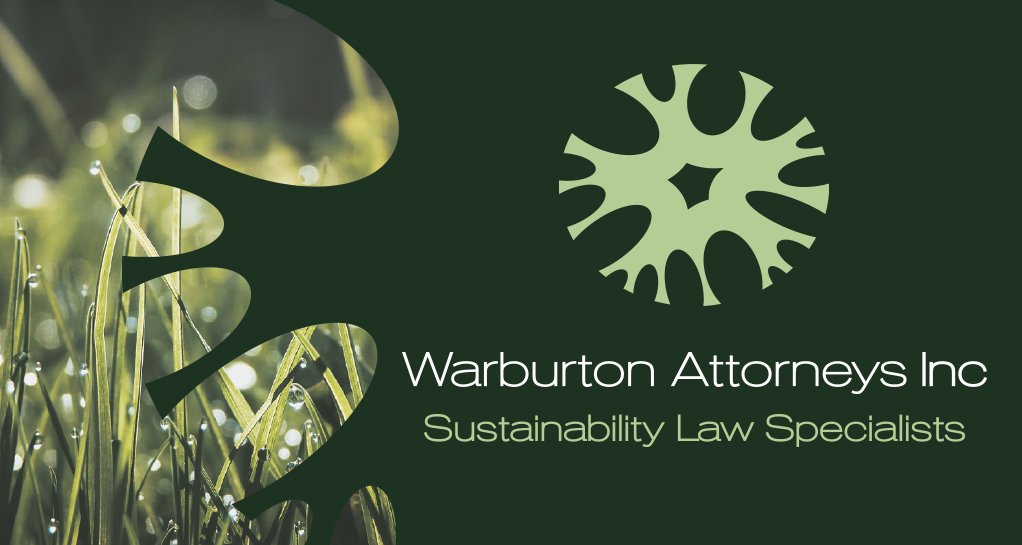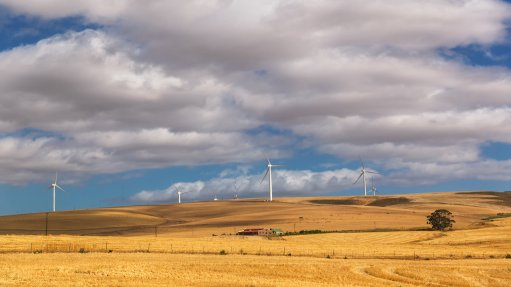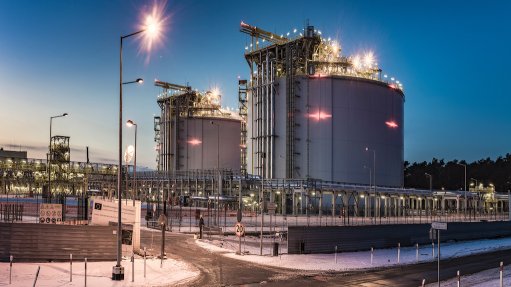A decade of contaminated land regulation in South Africa
Written by Melissa Strydom & Catherine Warburton
Many countries have specific regulatory regimes for the remediation of contaminated land as a vital part of environmental law. This year marks over a decade of specific contaminated land regulation in South Africa since the relevant provisions of the National Environmental Management: Waste Act, 2009 (Waste Act) took effect on May 2, 2014, (although most provisions of this Act commenced on July 1, 2009). This anniversary prompts reflection on the provisions’ effectiveness.
One of the key aims of the Waste Act is to protect health, well-being and the environment through reasonable measures including remediating contaminated land. Contamination relates to the presence of substances or microorganisms above a concentration that is normally present. The Act applies to contamination that occurred before its commencement, which may originate from another property, occur at different times from the underlying activity, or result from actions by others changing pre-existing contamination.
Impact on transactions
Establishing contamination (i.e. a baseline) may affect the purchase price of property, assets, or the value of a business on contaminated land or which caused contamination. Contamination could also result in unforeseen lender liability when a lender takes possession of a secured asset without knowing the full extent of contamination when mortgaging the property.
Identification of contaminated land, disclosure and transfer obligations
Contaminated land can be identified by the Minister responsible for environmental affairs, a provincial MEC, or through notifications required by landowners or those who caused contamination. The Minister responsible for environmental affairs or a provincial MEC can decide if an investigation area is contaminated, must be remediated urgently or requires monitoring and management.
Contaminated land may not be transferred without the person to whom it is to be transferred being informed or (in the case of a remediation site) also informing the Minister / the relevant MEC. Local authorities can alert applicants for building approvals if contamination is suspected, emphasising the importance of assessing a property’s contamination status before transactions.
Critiques and ongoing concerns
Technical Guideline Gaps
On May 2, 2014, National Norms and Standards for the Remediation of Contaminated Land and Soil Quality were published to provide a uniform national approach to determine the contamination status of an investigation area; they are used to screen a site based on listed contaminants and soil screening values, although not a finite list and not absolute minimum or default remediation values.
The absence of detailed technical assessment guidelines remains a significant gap. A Draft Framework for Managing Contaminated Land (published in 2010) and draft regulations on the requirements for site assessment reports were never finalised, leading to inconsistent quality in site assessments. Nonetheless, the Draft Framework is cited by technical specialists in most site assessment reports as it incorporates accepted international practices and guidelines in assessing and managing contaminated land. Our courts are reluctant to engage with the contents of the Draft Framework because it was not finalised or published. The lack of formal guidelines has resulted in variable quality of assessment reports and a lack of certainty on certain technical issues.
Recent amendments and trigger thresholds
Amendments to the Waste Act contaminated land provisions in June 2023 (by the National Environmental Laws Amendment Act, 2022) changed the notification trigger from “significantly contaminated” to “likely to be contaminated”. This shift raises concerns about the burden of notification and the implications of defining contamination more broadly. When viewed on a spectrum these triggers could be on either end but, arguably, the real trigger for contamination that requires remediation should be the presence of contaminants above normal levels (for that land), their impacts on environmental receptors, and scientifically determined and defensible remediation measures. A broad range of expertise may be required in identifying contamination (Shand, 2022) and specialists may have varying views on the significance of the contamination and measures needed to address it.
Decision-making delays and consequences
There are no specified decision-making timeframes often leading to significant delays (either on the part of the notifying party or the decision-making authority). With the lapse in time, the contamination status and necessary remediation measures may also need to be adapted. Undue delay hampers remediation and regulatory certainty.
Remediation orders - clarity and specificity
Contaminated land remediation orders have often lacked clarity and specificity, failing to detail the necessary site-specific interventions. Some orders appear formulaic, lacking adequate legal or specialist technical input. This has sometimes necessitated amendments, which is unfortunate, as these orders are crucial tools for regulatory authorities to ensure effective interventions at contaminated sites.
550 Contaminated sites
A National Contaminated Land Register must be kept, and the Registrar of Deeds notified of land declared a remediation site. The latest available National Contaminated Land Register (April 2024) lists 550 contaminated sites, a notable increase over the years (from 480 in 2022 and 393 in 2019), 321 remediation orders have been issued and 229 sites require monitoring and management.
The primary contamination source is petroleum hydrocarbons from fuel stations and related industries/infrastructure. Of the nine provinces, Gauteng is in the lead with 36 remediation orders issued - although it is challenging to reconcile the information on the Register with the remediation orders listed on the South African Waste Information Centre website. Notably, very few mining-related facilities are listed on the Register.
The Register has been criticised for lacking detailed information about contamination risks and does not provide insights into the effectiveness of the regulatory regime (Muller, 2020).
The importance of contamination awareness
While South Africa has made progress in implementing contaminated land regulations over the past decade, gaps remain. Further clarification would be welcomed; however, in proposing any legislative amendments, effectiveness, practicality and unintended consequences should be carefully weighed. There may also be a need to incentivise the responsible stewardship of contaminated sites to avoid abandonment and promote appropriate land use.
It remains critical to consider the contamination status of a land in any transaction; so that a purchaser (and occupant), and particularly lenders, are aware of what potential liabilities may lurk beneath the surface.
Article Enquiry
Email Article
Save Article
Feedback
To advertise email advertising@creamermedia.co.za or click here
Comments
Press Office
Announcements
What's On
Subscribe to improve your user experience...
Option 1 (equivalent of R125 a month):
Receive a weekly copy of Creamer Media's Engineering News & Mining Weekly magazine
(print copy for those in South Africa and e-magazine for those outside of South Africa)
Receive daily email newsletters
Access to full search results
Access archive of magazine back copies
Access to Projects in Progress
Access to ONE Research Report of your choice in PDF format
Option 2 (equivalent of R375 a month):
All benefits from Option 1
PLUS
Access to Creamer Media's Research Channel Africa for ALL Research Reports, in PDF format, on various industrial and mining sectors
including Electricity; Water; Energy Transition; Hydrogen; Roads, Rail and Ports; Coal; Gold; Platinum; Battery Metals; etc.
Already a subscriber?
Forgotten your password?
Receive weekly copy of Creamer Media's Engineering News & Mining Weekly magazine (print copy for those in South Africa and e-magazine for those outside of South Africa)
➕
Recieve daily email newsletters
➕
Access to full search results
➕
Access archive of magazine back copies
➕
Access to Projects in Progress
➕
Access to ONE Research Report of your choice in PDF format
RESEARCH CHANNEL AFRICA
R4500 (equivalent of R375 a month)
SUBSCRIBEAll benefits from Option 1
➕
Access to Creamer Media's Research Channel Africa for ALL Research Reports on various industrial and mining sectors, in PDF format, including on:
Electricity
➕
Water
➕
Energy Transition
➕
Hydrogen
➕
Roads, Rail and Ports
➕
Coal
➕
Gold
➕
Platinum
➕
Battery Metals
➕
etc.
Receive all benefits from Option 1 or Option 2 delivered to numerous people at your company
➕
Multiple User names and Passwords for simultaneous log-ins
➕
Intranet integration access to all in your organisation





















